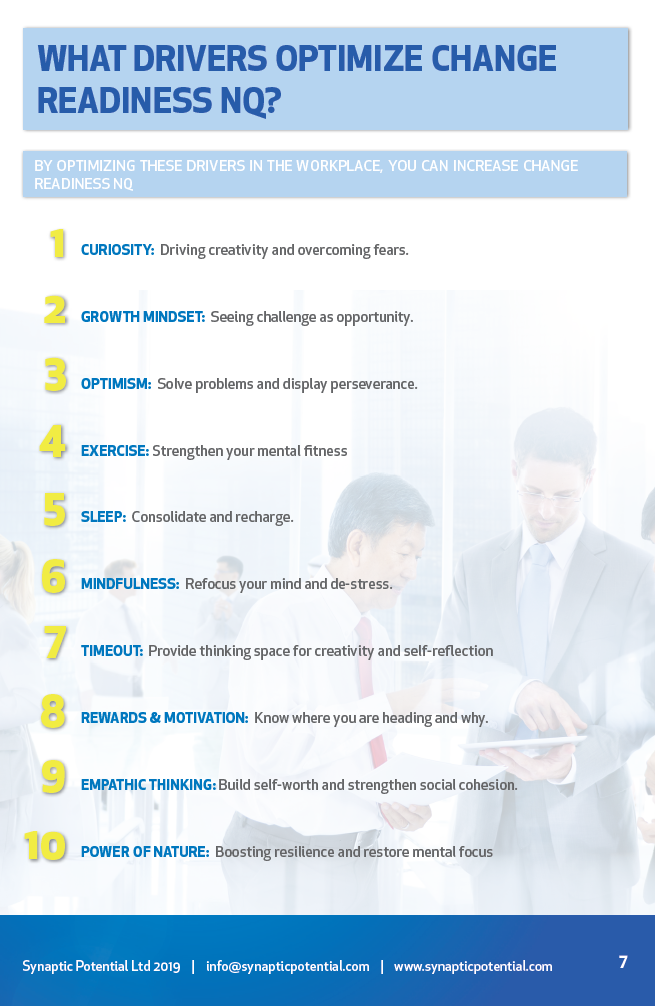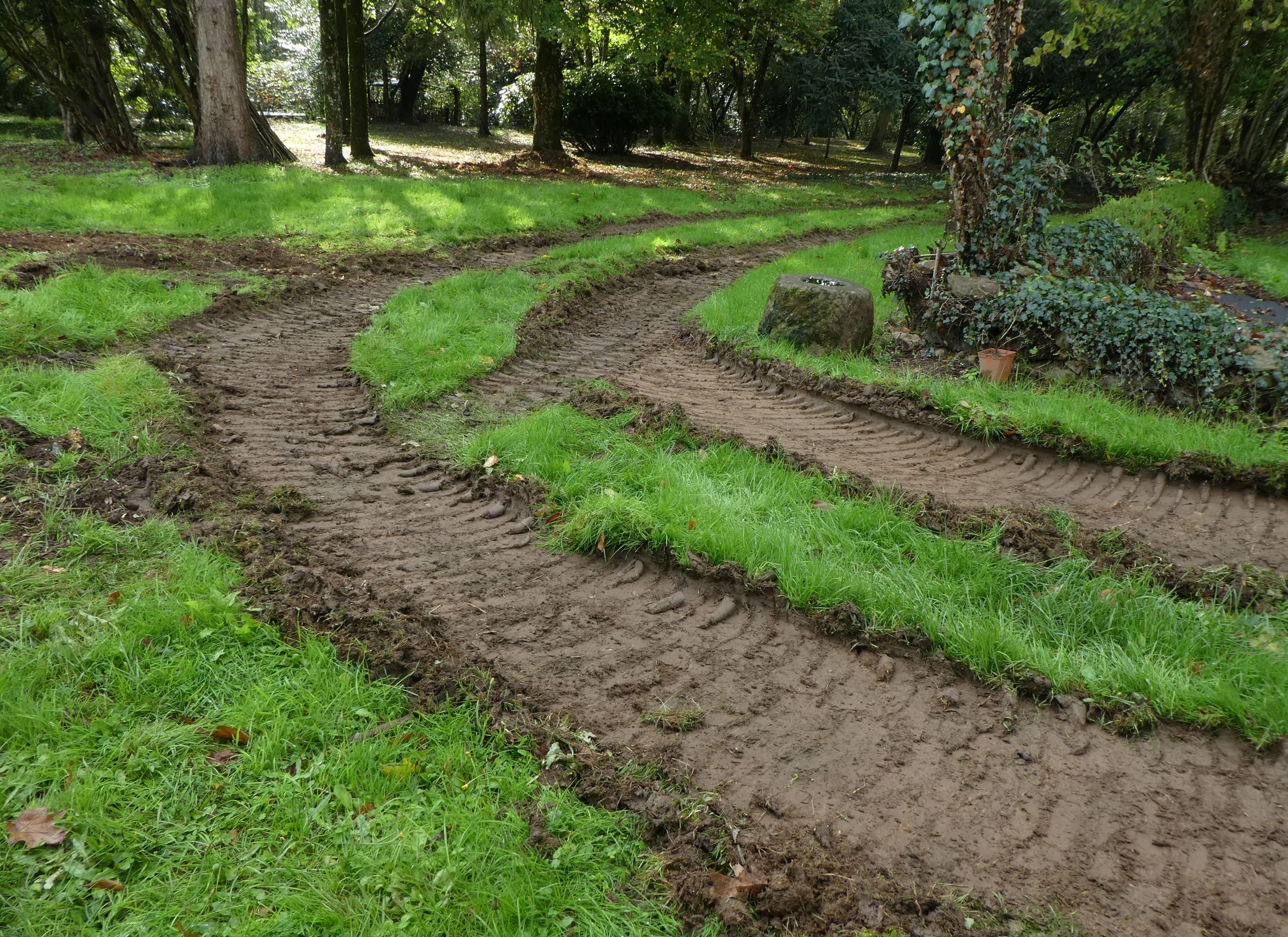Make Change Suck Less – Episode #4
In episode #3, we acknowledged the creative power of asking “what if” instead of hunkering down in fight or flight every time change appears on the horizon. In this episode, we’ll develop a practice around questioning in order to create space for new possibilities.
It turns out our brains are far more elastic than we traditionally believed. Neuroscience researchers liken our gray matter to a fresh field of mud that gets worn down into a series of grooves, according to our habitual ways of thinking and acting. (Actually, I’ve never heard a neuroscientist say that our brains are like mud – I was visualizing the most recent Kentucky Derby mess when I wrote that!)
The point is: We can change the grooves if we want.
Consider the way train engineers use switches to move a train from one track to another. What if you could switch your thoughts over from the old, auto-pilot, how-am-I-going-to-pay-the-bills groove to a completely new and different circuit – one that’s far more liberating and empowering?
Creating these track “switches” could allow you to bypass the frenzy and / or paralysis of the survival instinct (fight or flight), which if you are seriously facing loss of life is handy, but otherwise is not that constructive. Instead, these “switches” can take you down a different path altogether –one that opens the way to possibilities you might never have imagined before.
Neuroscientists at Synaptic Potential call this our “change readiness neural quotient” – our neural capability to change. And the amazing thing is that like most capabilities, it can indeed be developed (or expanded).
To aid in building this new neural change muscle, I’d like to offer a practice that centers on asking yourself three sets of questions whenever you see change headed your way. These progressive questions are designed to unlock your natural resistance and unleash your personal power to respond and create in ways that serve your highest good.
Question Set #1:
- Do I understand why this change is happening (after objectively considering all factors)?
- Given more data points than I likely have, might I have arrived at the same (or similar) decision if I were in charge?
- Regardless of my emotional response, will this change take place anyway?
At this point, you have ideally answered yes to all. And even if you don’t like what’s heading down the pike, your rational brain can accept the scenario as a foregone conclusion. If so, you are ready to move on.
Question set #2:
- With this (rational) context in place, how do I feel in my gut about this change?
- In addition to fears, concerns, trepidation… is there even a glimmer of curiosity? Relief? Excitement?
- Can I feel a sense of possibility opening up… or even see a sliver of light filtering into the crack?
If you answered yes to the last two questions, you are like the train engineer, ready to literally flip the switch.
Question set #3:
- In what ways might this new situation allow me to grow?
- What latent skills or interests might I express or develop given this new scenario?
- What have I always dreamed of doing (or doing differently) and how might this shift enable me to explore this?
If you’re able to contemplate these last questions, you are firmly in the creative “what might be” space, where etching new grooves is eminently possible.
In retrospect, I realize now that I’ve been following this process for years. And like everyone, I do sometimes get stuck in Question Set #1 (which is all about accepting that which we cannot control). It’s why I have carefully curated a short list of incredibly smart, diverse and provocative advisers I consult with from time to time – my truth tellers. They ask me tough questions and point out ways that I have dug in my heels in order to help me loosen myself from old grooves that were once constructive but no longer serve me well.
As I have become more adept at activating change in my own life, I find that Question Sets #2 and #3 come to me quite naturally. Have you ever cleared a room that was once full of a lot of clutter, only to feel so deeply the energy, spaciousness and clarity you didn’t know you craved?
This practice is a lot like that.
At On the Same Page, we would really like to hear how you actively bring change on board in your own life. Please do share your insights and experiences with us so we can all expand our ability to… well, expand!

Check out our new peer coaching program for new and emerging leaders called YOU LEAD. We’ll be digging into all kinds of ways to make change suck less by activating your voice, your impact.





